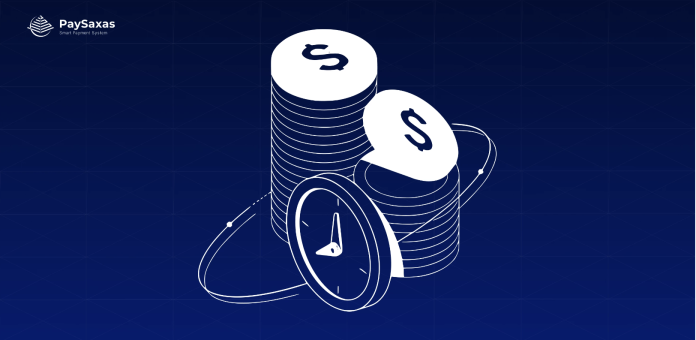In today’s financial landscape, mobile payments have become increasingly influential in redefining how transactions are conducted globally by individuals and businesses alike. The widespread adoption of smartphones, along with advancements in digital technology, has accelerated the shift of mobile payments from being merely convenient to essential in everyday commerce.
This article investigates the dynamic evolution of business payments, examining significant trends and offering insightful perspectives on their transformative impact. From the rise in contactless transactions to advancements in security and changes in consumer behavior, mobile payments are fundamentally altering our financial interactions. Join us as we explore the latest developments and insights that are shaping the future of mobile payments on a global scale.
Growth of mobile payments
The expansion of mobile payments has been driven by technological advancements such as crypto NFC payment systems, which have transformed transaction capabilities. These systems utilize Near Field Communication (NFC) technology to facilitate secure and contactless payments directly from mobile devices.
This advancement has significantly improved convenience for consumers, eliminating the necessity for physical wallets and cash transactions. With increasing smartphone penetration globally and growing consumer confidence in digital payment methods, the adoption of crypto NFC payments is anticipated to grow.
This trend not only streamlines transactions from a business account online but also promotes a transition toward a more integrated and effective payment environment, representing a pivotal phase in the progression of mobile payments.
Technological innovations
Technological advancements have fundamentally transformed the landscape of mobile payments, introducing a new era characterized by enhanced convenience, security, and efficiency. Innovations such as biometric authentication, allowing users to verify transactions using fingerprints or facial recognition, have significantly bolstered security protocols.
Moreover, Near Field Communication (NFC) technology has enabled seamless and contactless payments, improving transaction speed and user experience alike. The integration of artificial intelligence (AI) has revolutionized fraud detection and personalized customer interactions, thereby enhancing overall security and customer satisfaction levels.
Additionally, blockchain technology has introduced decentralized and immutable ledger systems, which enhance transparency and reduce transaction costs. These advancements continue to evolve, promising to further streamline mobile payment processes and redefine the landscape of digital transactions on a global scale.
Security and Trust
Ensuring the integrity and safety of transactions is crucial in the realm of mobile payments, where advancements in technology play a pivotal role. As digital transactions become more prevalent, strong security measures like encryption, tokenization, and biometric authentication are essential for preventing unauthorized access and fraud. These technologies not only safeguard sensitive financial data but also bolster consumer confidence in transaction safety.
Additionally, adherence to stringent data protection laws and industry standards through regulatory compliance frameworks is vital for building trust in mobile payment platforms. As mobile payments continue to advance, maintaining rigorous security and fostering trust will be key to promoting widespread adoption and ensuring long-term consumer loyalty in the digital marketplace.
Challenges and barriers
Despite the rapid progress and widespread acceptance of mobile payments, several obstacles and challenges continue to hinder their full implementation. One major issue is the lack of interoperability between different payment platforms and systems, which can disrupt smooth transactions across various networks and devices.
Furthermore, concerns about data security and privacy remain significant, particularly in light of the growing number of cyber threats and breaches. Regulatory complexities and differing compliance standards across jurisdictions also present barriers, complicating the deployment and operation of mobile payment solutions on a global scale.
Additionally, educating users about the benefits and safety of mobile payments is essential, as many consumers still hold reservations or lack familiarity with these technologies. Overcoming these challenges will require collaborative efforts among industry stakeholders, regulators, and consumers to establish a robust framework that promotes trust, ensures security, and encourages widespread adoption of mobile payments worldwide.
Conclusion
In summary, the ascent of mobile payments marks a significant transformation in global transaction practices. Technological advancements have propelled mobile payments beyond mere convenience, making them essential in everyday commercial activities.
From the widespread embrace of contactless transactions to ongoing improvements in security and shifts in consumer behavior, the landscape is evolving swiftly. As mobile payment trends shape the future, both businesses and consumers stand to gain from increased convenience and security in digital transactions, paving the way for further development and innovation in the mobile payments sector.

